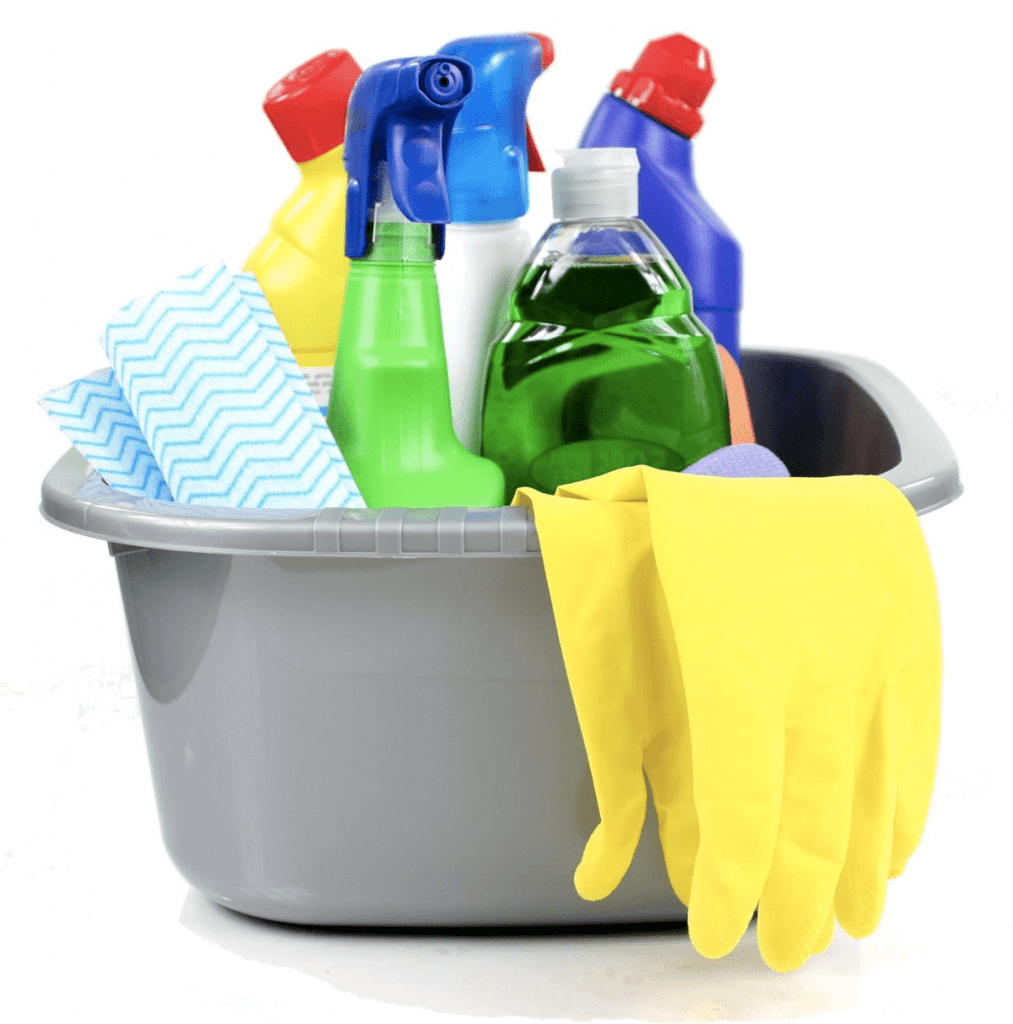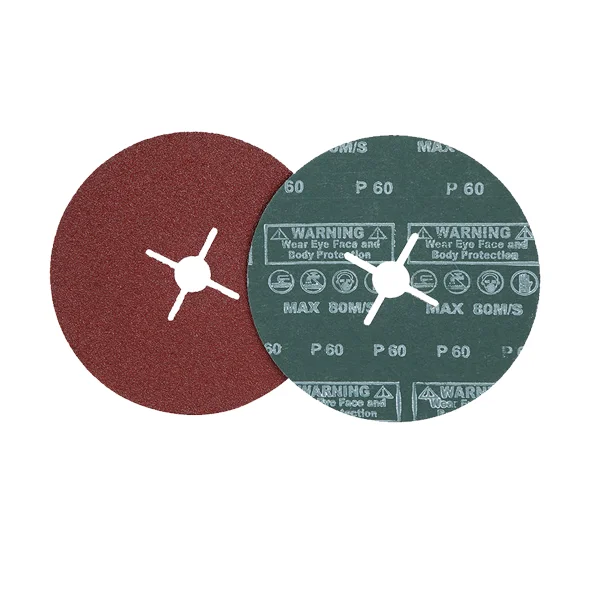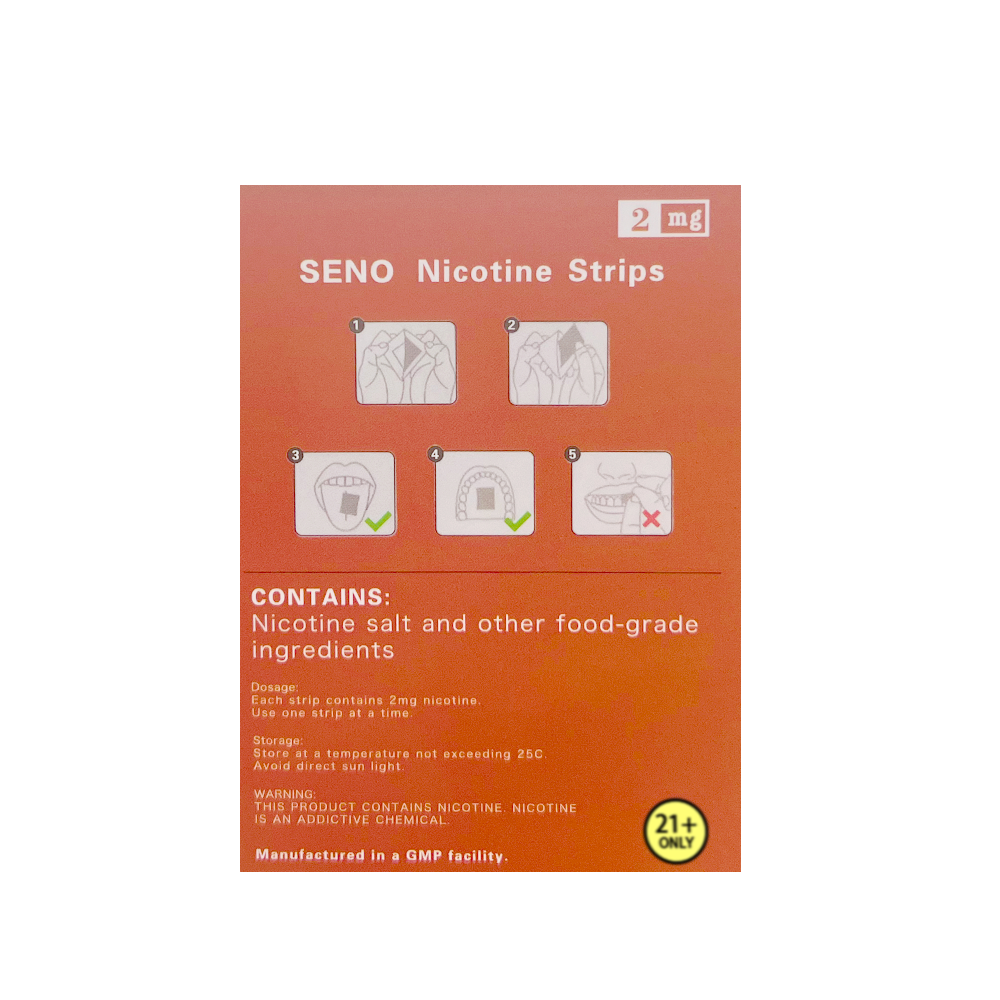In our daily lives, we are surrounded by various household materials, from cleaning products to furniture and appliances. While these items are designed to make our lives easier and more comfortable, some of them may pose hidden health risks. In this blog post, we will delve into the topic of identifying harmful household materials and provide you with practical tips to ensure a safe and healthy living environment for you and your family.
- Understanding the Potential Hazards:
To determine if a household material is harmful, it is crucial to be aware of the potential hazards associated with certain substances. Chemicals such as lead, asbestos, formaldehyde, and volatile organic compounds (VOCs) are commonly found in various household products and can have detrimental effects on our health. We will explore each of these hazards in detail, explaining their sources, health risks, and how to identify their presence. - Recognizing Warning Signs:
Identifying harmful household materials requires keen observation and attention to detail. We will discuss the warning signs that may indicate the presence of hazardous substances in your home. These signs can include unusual odors, discoloration, deterioration, or the presence of specific labels or markings on products. By being vigilant and knowing what to look for, you can take proactive measures to mitigate potential risks. - Testing and Evaluation:
Sometimes, visual inspection alone may not be sufficient to determine if a household material is harmful. In such cases, testing and evaluation methods can provide more accurate results. We will explore different testing techniques, such as lead testing kits, air quality monitors, and professional inspections, to help you assess the safety of your household materials. Additionally, we will provide guidance on how to interpret test results and take appropriate actions based on the findings. - Safer Alternatives and Best Practices:
Prevention is always better than cure. We will discuss safer alternatives to harmful household materials, such as eco-friendly cleaning products, low VOC paints, and furniture made from sustainable materials. Furthermore, we will provide best practices for maintaining a healthy home environment, including proper ventilation, regular cleaning routines, and safe storage of potentially hazardous substances.
Conclusion:
Ensuring the safety of our living environment is of utmost importance. By understanding the potential hazards, recognizing warning signs, conducting tests when necessary, and adopting safer alternatives and best practices, we can minimize the risks associated with harmful household materials. Stay informed, stay vigilant, and create a healthier home for you and your loved ones.









+ There are no comments
Add yours